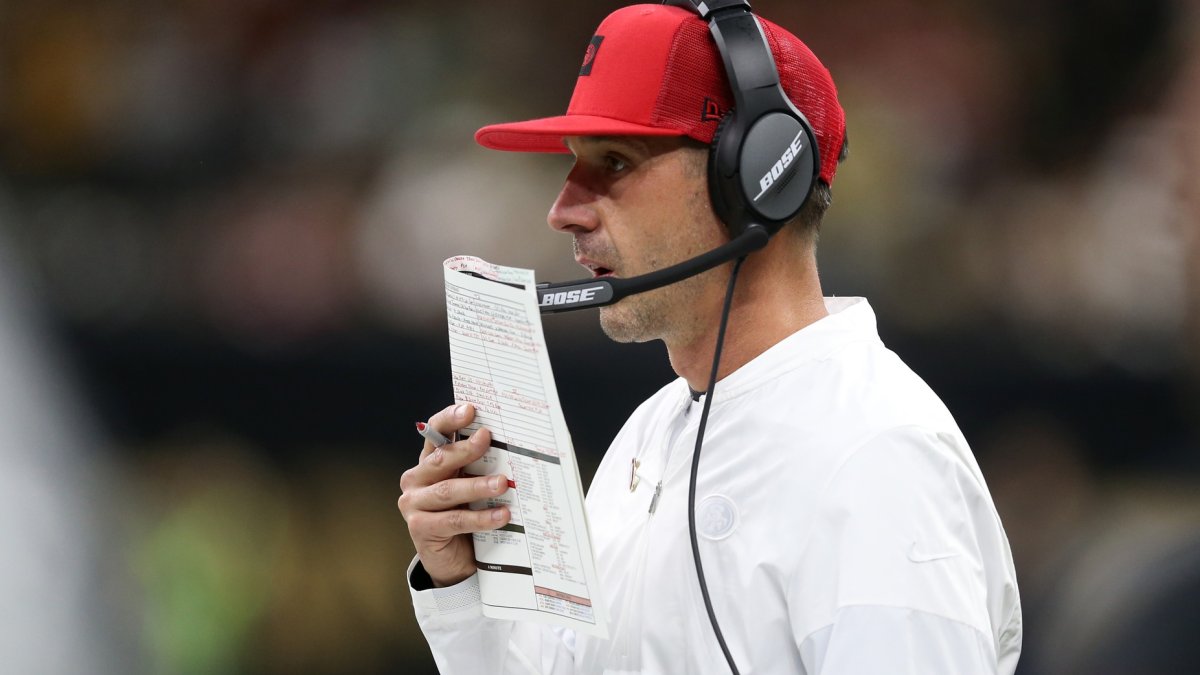Optimism at this point in time is seemingly having its day. Dr. Anthony Fauci gave a blueprint for how football and other sports could be played in the coming months, the NFL draft is just a week away and free agency brought a bounty of players to some teams in real need of a boost.
Some teams are changing head coaches and offensive coordinators. While the requisite time for installation will not be there given Covid-19, they are moving into a new role oftentimes because the coach before them was not very good.
[Editor’s note: Check out PFF’s 2020 Mock Draft Hub, NFL Draft Big Board and NFL Mock Draft Simulator. PFF Elite subscribers can also download the 1,100-page 2020 NFL Draft Guide.]
Earlier this offseason, we looked at how changes in defensive scheme can lead to an improvement in performance, seeing some positive results (many generated by Wade Phillips).
In this article, we turn our attention to the offensive side of the ball, where we study how changes in scheme (defined below) affect changes in offensive performance as measured by expected points added and success rate (the rate in which plays earn > 0 expected points).
As with defensive scheme, our means of measuring scheme amount to taking our play-by-play data, throwing out noisy plays, and computing the percentage of admissible plays a team is in shotgun, under center, 11 personnel, etc. We compute the percentage of plays in which a team throws certain routes, runs different run concepts, etc. This creates a lot of columns. Too many columns — many of which are collinear. We use a method called principal component analysis to smoosh this data set down to a reasonable number of columns, before using those as our variables for offensive scheme. You’ve probably seen me tweet out graphs like this:
Dare to be a Daniel pic.twitter.com/P4T48DNi1V
— Eric Eager ???????? (@PFF_Eric) January 22, 2020
Displayed are the first two principal components of offensive scheme. Teams closer to the origin (0,0) are less unique, while teams further away are more unique. To measure differences from one year to the next, we can take the Euclidean distance between all of these principal components (or the first n of them, depending on how many are needed) to come up with a measure of the distance between a scheme one year and the next.
Once we have a measure for how different a team is from one year to the next offensively, we can compare that to how they performed, as measured by the difference in expected points added or success rate per play, and see if there is a relationship.
Exclusive content for premium subscribers

WANT TO KEEP READING?
Dominate Fantasy Football & Betting with AI-Powered Data & Tools Trusted By All 32 Teams
Already have a subscription? Log in



 © 2025 PFF - all rights reserved.
© 2025 PFF - all rights reserved.